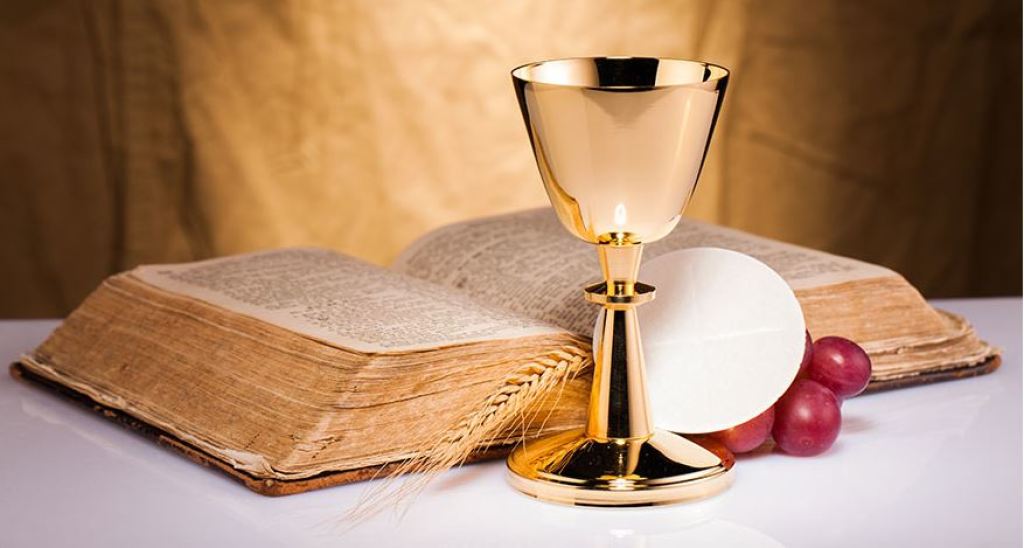Our churches and chapels are filled with symbols. We might think of the more common symbols (like the crucifix, statues, stained-glass windows, vestment color and altar cloths) as well as major symbols (such as the paschal candle and the baptismal font). But there are some things that we can take for granted in our sacred spaces, because unfortunately, they seem to just be part of the building, including three of the main symbols of our liturgy: the ambo (lectern), the chair for the priest celebrant, and the altar.
These three objects are placed in a specially designated area called the sanctuary. They are the places where the Word of God is proclaimed, where the priest prays and presides at the celebration, and where the bread and wine are offered by the priest during the Eucharistic Prayer. Although each of these objects is sacred because of the role they play in our worship, the altar holds a special place. In a document containing the rules and instructions for the Mass — the “General Instruction of the Roman Missal” — we read: “The altar on which the Sacrifice of the Cross is made present under sacramental signs is also the table of the Lord to which the People of God is called together to participate in the Mass, as well as the center of the thanksgiving that is accomplished throughout the Eucharist” (no. 296).
One of the ways that we recognize the importance of the altar is when the priest and deacon kiss the altar at the beginning of Mass. Kissing is an ancient act of devotion. Remember, we also kiss the cross on Good Friday, and the deacon or priest kisses the “Book of the Gospels” after the Gospel is proclaimed. This act of devotion reminds us that the altar is a symbol of Jesus, the “living stone” (see 1 Peter 2:4), the foundation stone of our faith. It is a symbol gesture, but it is a powerful reminder of the One on whom our faith is built and in whose name we gather as the “household of faith” (see Galatians 6:10).
To learn more, see the “Catechism of the Catholic Church” (no. 1382-1383).
Sts. Peter and Paul Religious Store



